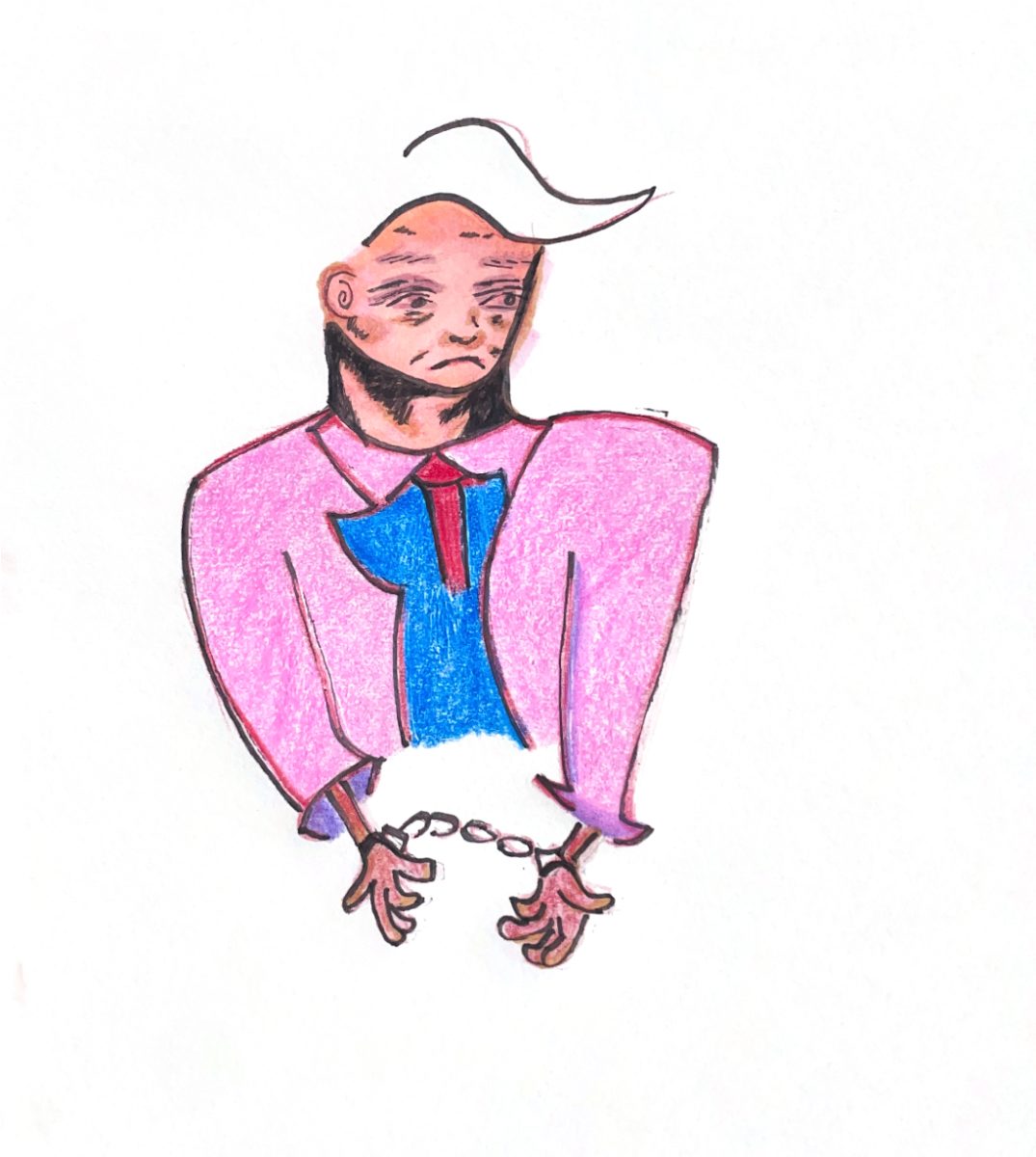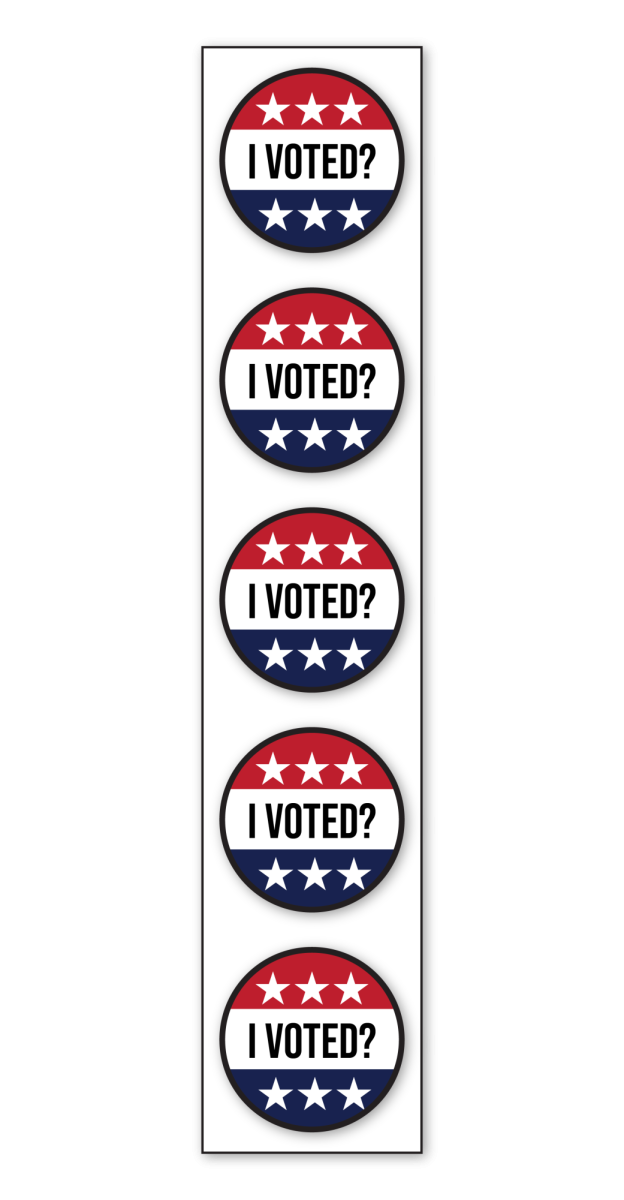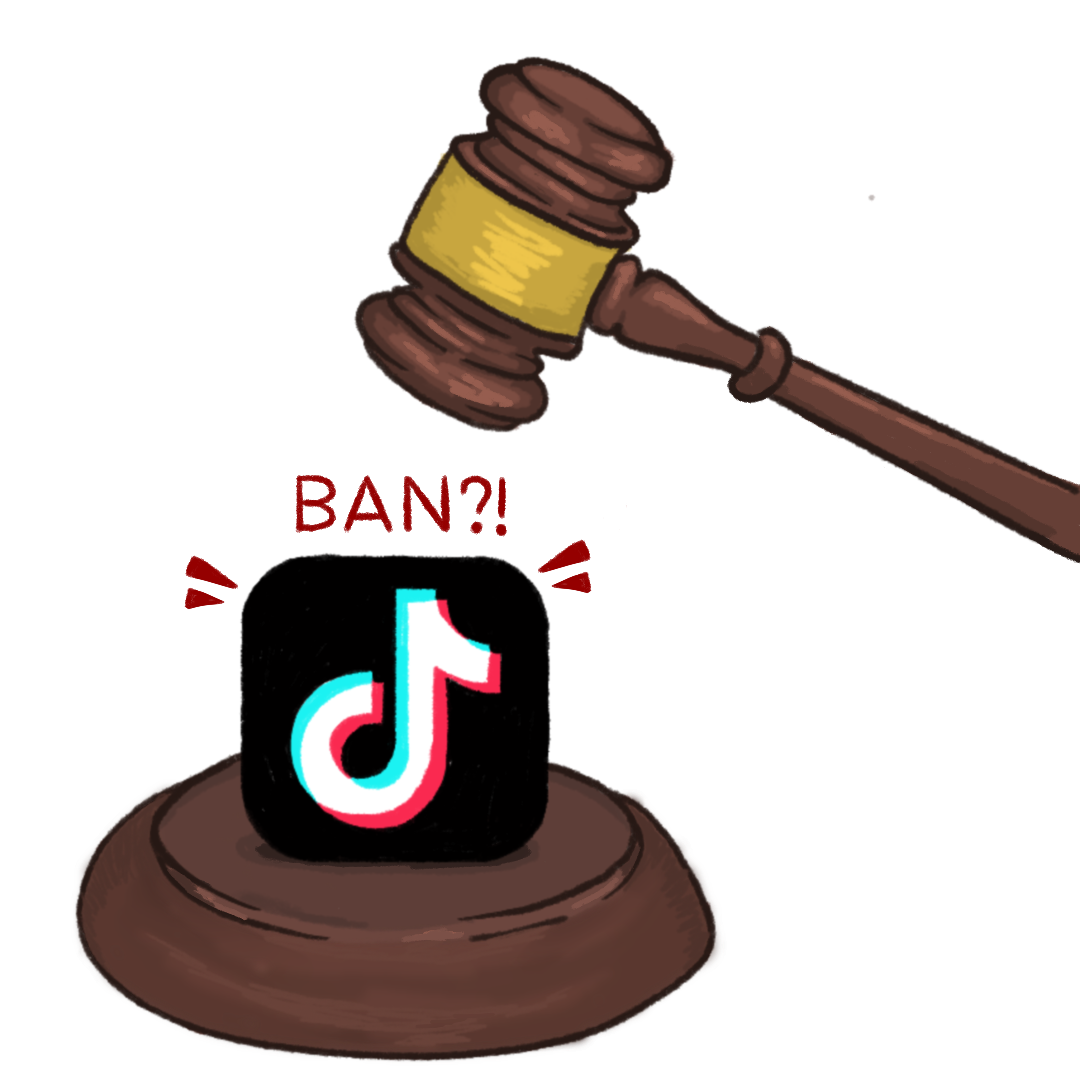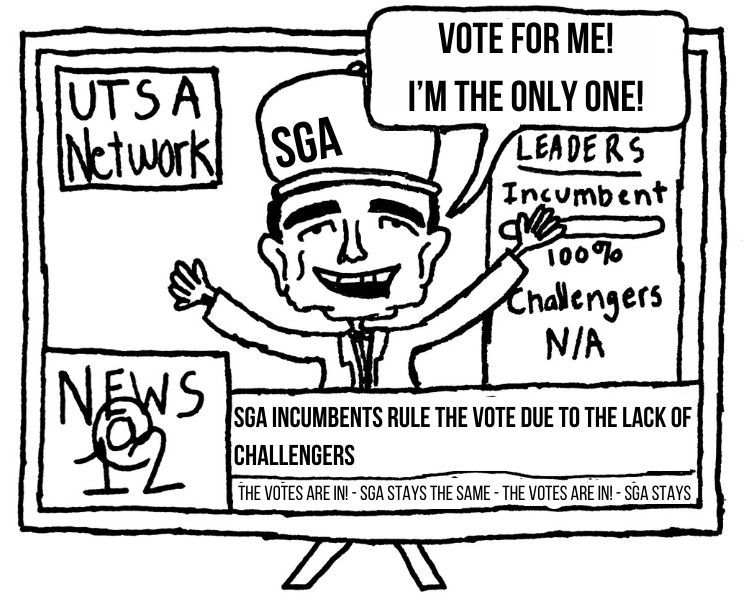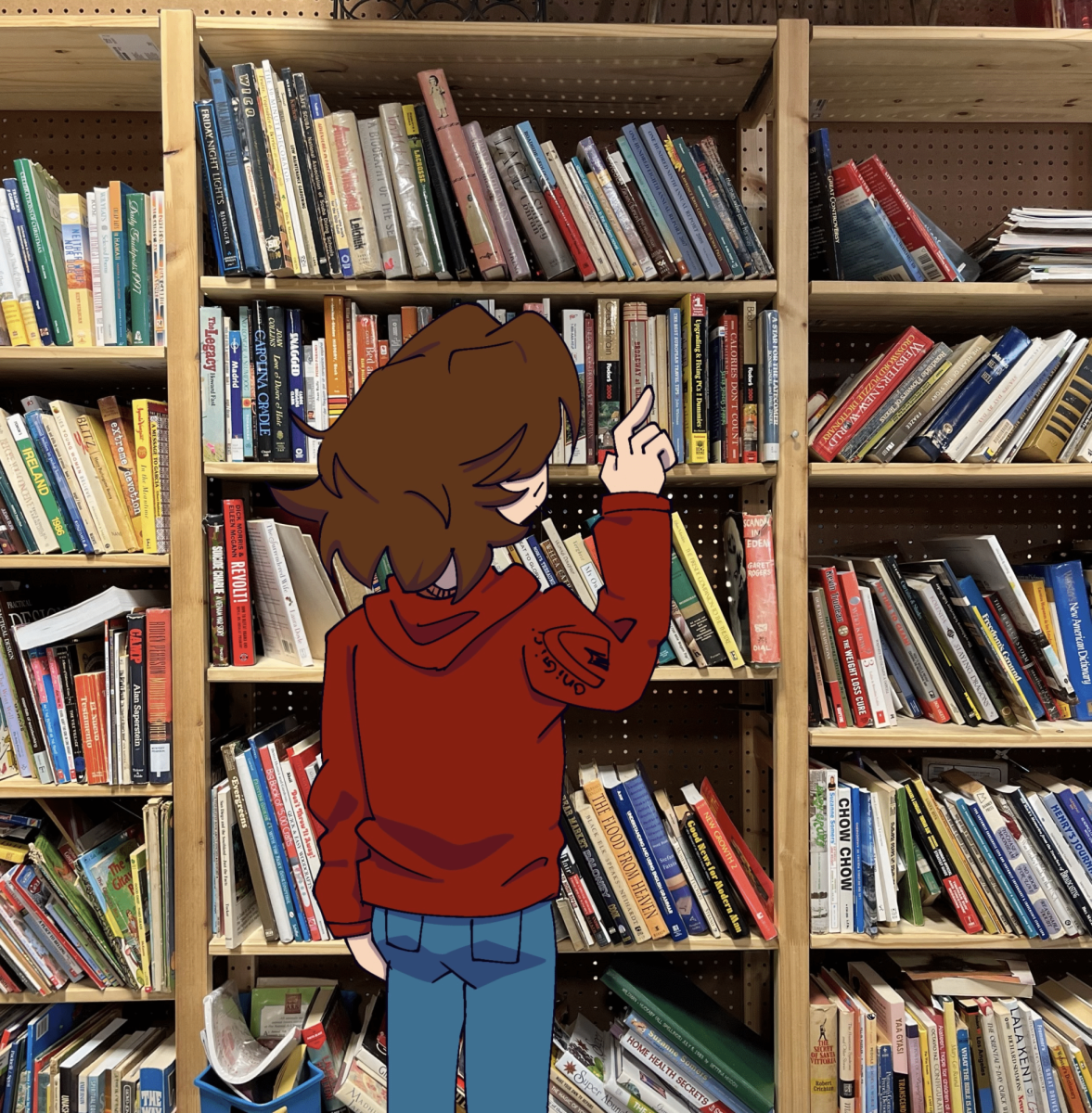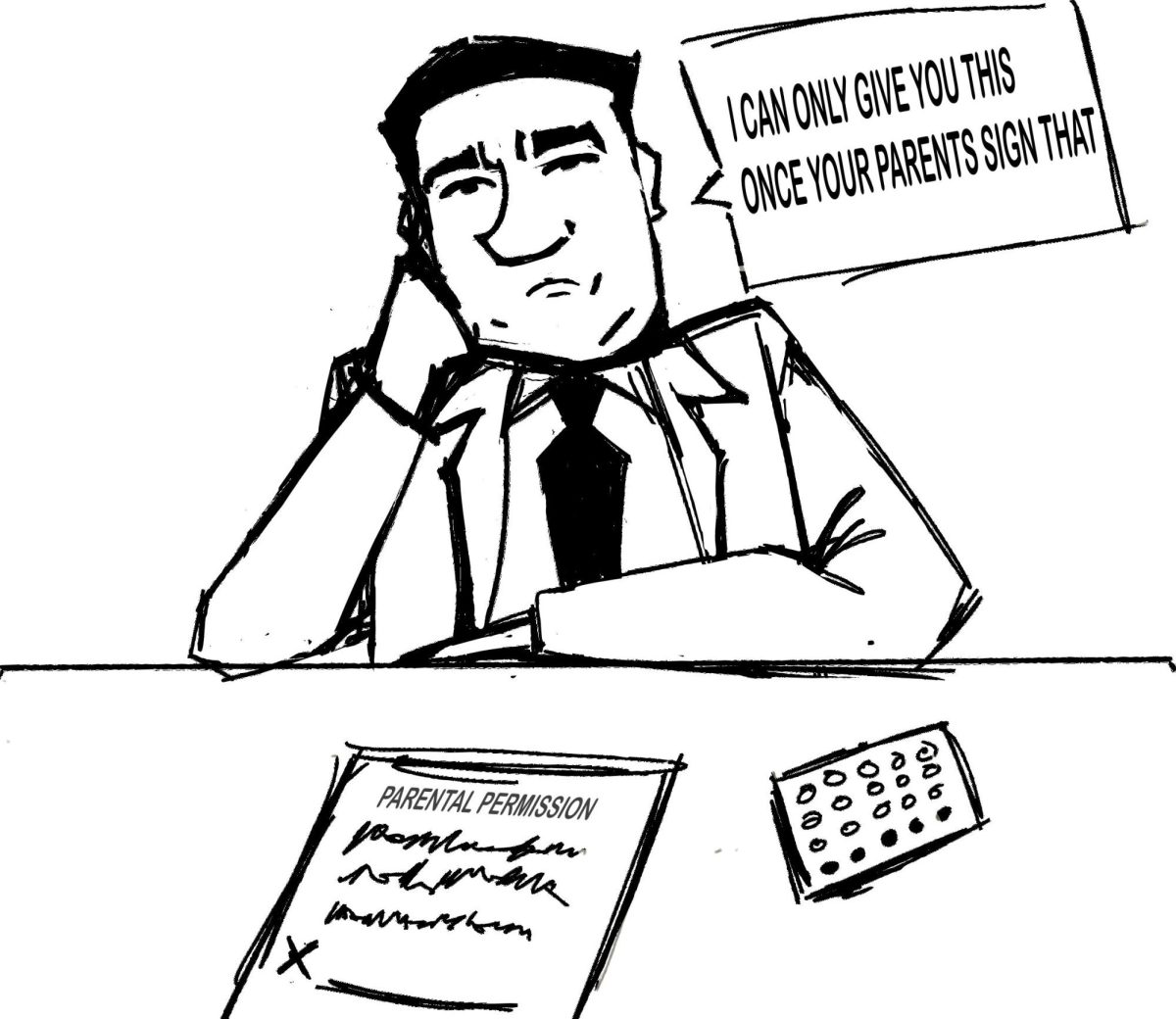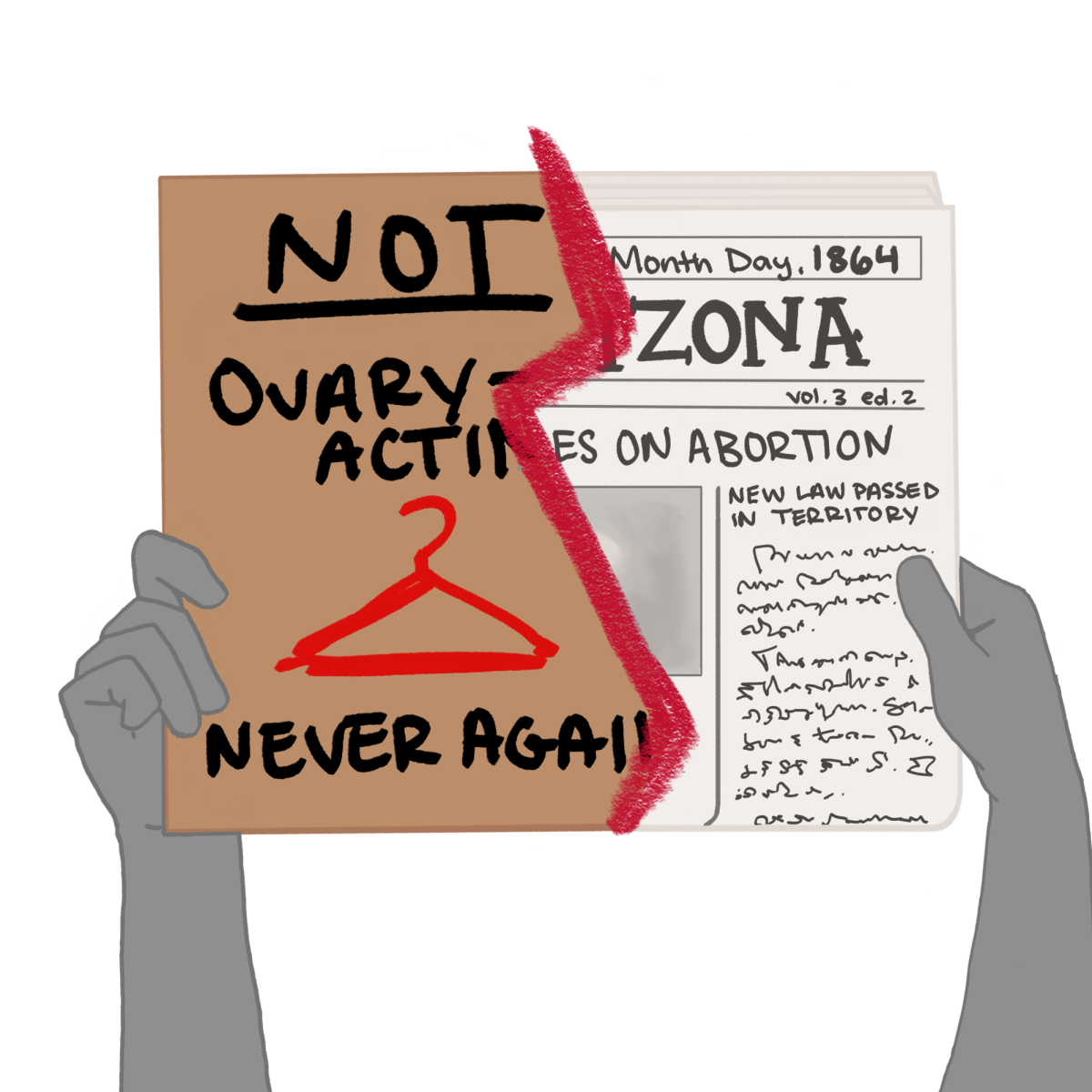On Feb. 27, 2011, T.J Lane opened fire in the Chardon High School cafeteria, killing three people and wounding two others. School shootings have captured national media attention since 1966 when Charles Whitman killed 16 people and wounded 32 others at the University of Texas at Austin. More recently, the Columbine High School and Virginia Tech massacres were terrible events that were covered and broadcasted heavily all over the country.
Every time an incident like this occurs, the national media salivates and rushes to these safe communities to cover these unspeakable atrocities. While there is the guise of their journalistic duty to inform the public about such terrible events, there is an indulgence that the American public shares for such events.
Most people would agree that viewing or reading the news about these violent events is nothing more than staying informed. But what’s the purpose of viewing terrible images of people crying and hysterically running from school buildings? Why would anybody want to see young, unconscious and bloodied students being wheeled out on gurneys?
The national media understands that these images are shocking, and these images drive up ratings. People are overwhelmed with emotion when quiet suburban neighborhoods are interrupted by uncharacteristic violence. There’s a consensus of shock; there’s no explanation for the murder of nice suburban kids in the place where they’re suppose to be safest.
To be fair, school shootings represent only two percent of the homicides that occur among youth. The most recent data covers the time period from July 1, 2009, through June 30, 2010. “During this time, there were 33 school-associated violent deaths in elementary and secondary schools in the United States.” Between that time frame, 25 of the deaths were homicides, five were suicides, and three were legal interventions (Bureau of Justice Statistics, 2011).
Homicide is the second leading cause of death to young people. Consistently, black and Hispanic youths (ages 10-24) were murdered at a higher rate than their white counterparts (CDC). The main issue with these deaths is the lack of national media exposure. There is a considerable gap in the concern of the national media to report tragic homicides among young minority people.
Regardless of a young person’s color, somebody’s murder is a tragedy, yet only the “rarest” occurrences seem to be exposed.
In 2000, I attended a service/lecture given by Columbine students who had survived the attack. At this service, there were crosses representing the deaths of the victims and moments of silence, reflection and prayer for each of them and their families. The young people who survived were hailed as heroes and people to be admired, while those who died were given martyr-like status. Their courage to continue moving forward was supposedly a reason to be admired. I don’t think they deserved that attention anymore than the numerous minority kids who have died with little attention or remembrance from anybody, including the major news outlets.
On March 1, 2012, a 17-year-old student stabbed and killed a classmate and wounded another at AMIKids Infinity School in inner city Chicago. You probably didn’t hear about it though. They were the wrong color.







